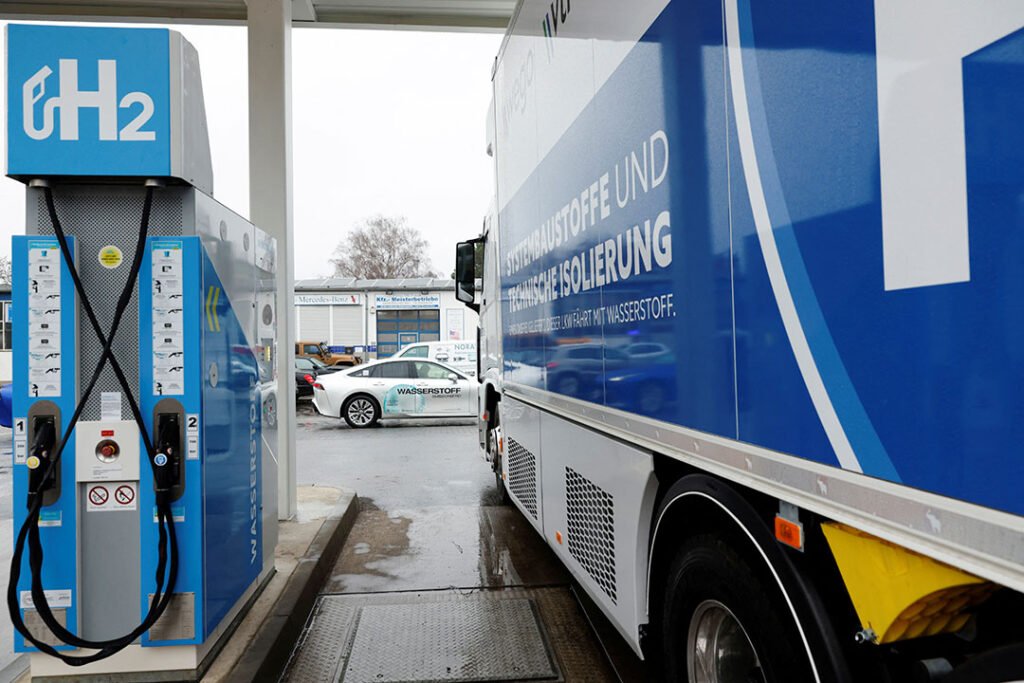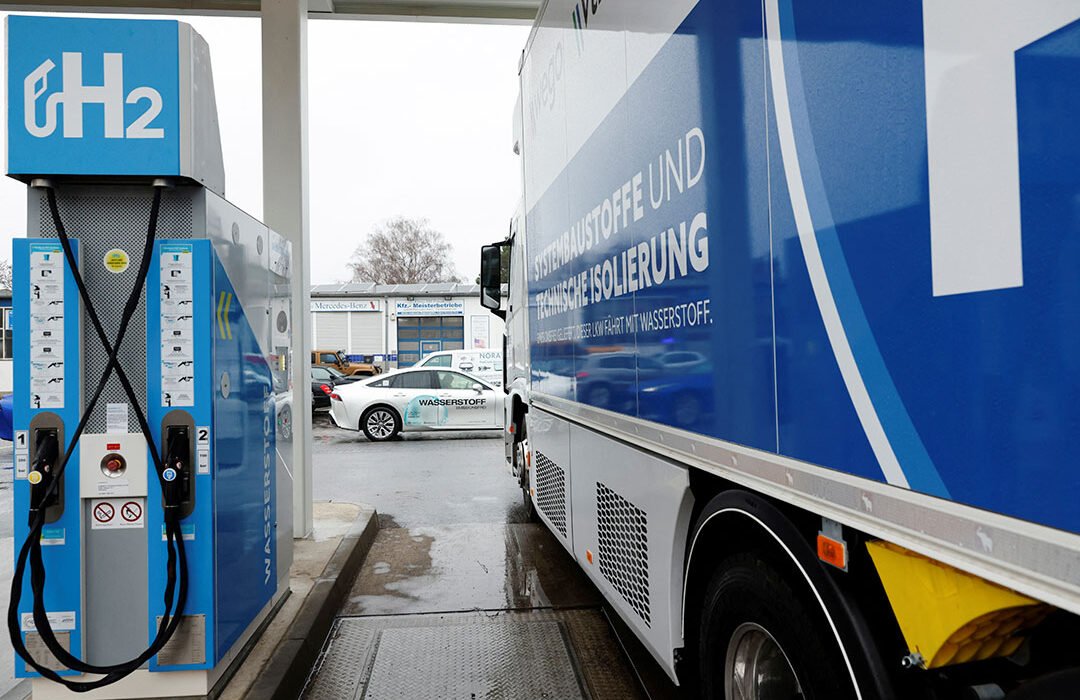
HYDROGEN is expected to play a key role in advancing the green energy transition, though it will take time before it becomes cost-effective, analysts said.
Sam Reynolds, an energy finance analyst at the Institute for Energy Economics and Financial Analysis, told BusinessWorld that hydrogen for power generation has a “long road ahead before it becomes a viable, affordable energy source.”
He said that green hydrogen, which is produced from renewables, costs up to $8 per kilogram, equivalent to $60 per million British thermal units — about six times of the price of liquefied natural gas in Asia.
“Although the price of green hydrogen is expected to fall over the next several decades, this will depend on the Philippines’ ability to build out enough domestic renewable energy capacity to both meet electricity demand and potential demand for hydrogen production,” he said.
Nevertheless, the benefits promised by hydrogen remain enticing” Jephraim C. Manansala, chief data scientist for the Institute for Climate and Sustainable Cities, said in an e-mail.
“Hydrogen, whether explored from indigenous sources (native hydrogen) or produced from renewable energy, offers an opportunity to enhance our energy security and contribute to the energy transition,” he added.
The Philippine Energy Plan 2020-2040 considers hydrogen to be a key alternative fuel. Its use in power generation is expected to support national objectives to diversify fuel sources, reduce greenhouse gas emissions, and increase the share of renewable energy (RE) in the power mix.
“What is up for discussion internally, of course with the Department of Energy (DoE), is that whether or not we tap hydrogen produced from renewable energy as a subset of renewable energy, or (whether to treat it as a) subset of alternative fuels,” Patrick T. Aquino, director of the DoE Energy Utilization Management Bureau, said in a public consultation Friday.
The DoE has drafted a circular that seeks to set national policy and guidelines governing hydrogen use. It treats hydrogen as an “innovative energy source to meet energy demand in the power, transportation, commercial, and industrial sectors.”
In the proposed circular, the DoE said that the “prospective uses of hydrogen in the energy sector shall be divided into power generation and electricity storage applications and non-power applications.”
Analysts are skeptical about the use of hydrogen in co-firing applications, especially in coal power plants, due to efficiency, sustainability, and cost concerns.
“Co-firing with fossil-based ammonia can even result in higher emissions compared to natural gas power plants, largely due to ammonia production emissions,” Mr. Manansala said, citing a report from Bloomberg New Energy Finance.
Mr. Reynolds said that “co-firing hydrogen ammonia in coal-fired power plants would still emit significant amounts of carbon dioxide.”
“And while clean hydrogen production holds promise for decarbonization across various sectors, 96% of global hydrogen supply is currently produced using fossil fuels,” he added.
Mr. Aquino set the regulations in the proposed circular will take heed of environmental considerations.
“Later on, once we do convene the Hydrogen Energy Industry Committee, committee members can see possible technological innovations or interventions that can be done to minimize these particular aspects,” Mr. Aquino said.
“We also take note that under existing regulations, the impact or the categorizations outlined are not specifically spelled out, but we are mindful (that) commitments of the Philippine government to mitigate climate change (are) important,” he added.
Hydrogen is being deployed — through transport, power generation, or industrial use — in Japan, China, South Korea, the US, and Germany, according to Mr. Aquino.
“Creating a strategy and guidelines for the hydrogen economy is a valuable move toward advancing the energy transition,” Mr. Manansala said.
“We welcome the DoE’s foresight in recognizing hydrogen as a viable and cleaner energy option that can help augment the future energy demand in the Philippines,” he added.
Mr. Reynolds said that the transport of hydrogen may be a challenge due the country’s “very little infrastructure.”
“Hydrogen is very difficult to transport because of its low energy density, which can cause pipeline embrittlement and safety issues. Conversion of hydrogen to ammonia might make transportation easier but would entail significant energy losses, lowering round-trip efficiency and raising costs,” he said.
Mr. Aquino said private companies are gearing up to study where to locate future hydrogen infrastructure.
“We take cognizance of the fact that we do have private sector proponents… actively looking and exploring sites,” he said.
Analysts said the Philippines has yet to scale up RE and backed hydrogen deployment in industries with limited alternatives for decarbonization.
Mr. Manansala said RE sources “must still be deployed at speed and scale to support the future energy demand and the green hydrogen economy.”
“In the power sector, renewables and battery storage facilities are likely to prove more cost-effective for the energy transition and power sector decarbonization efforts,” Mr. Reynolds said.
The government wants to boost the share of RE in the power mix from about 22% at the end of 2022 to 35% by 2030 and 50% by 2040.
“As part of our forthcoming Philippine Energy Plan, we have seen the potential, the role of alternative fuels like hydrogen. That’s why we are already indicating and preparing for the space by which hydrogen can play an integral role in our energy sector or even as part of our energy transition,” Mr. Aquino said.


